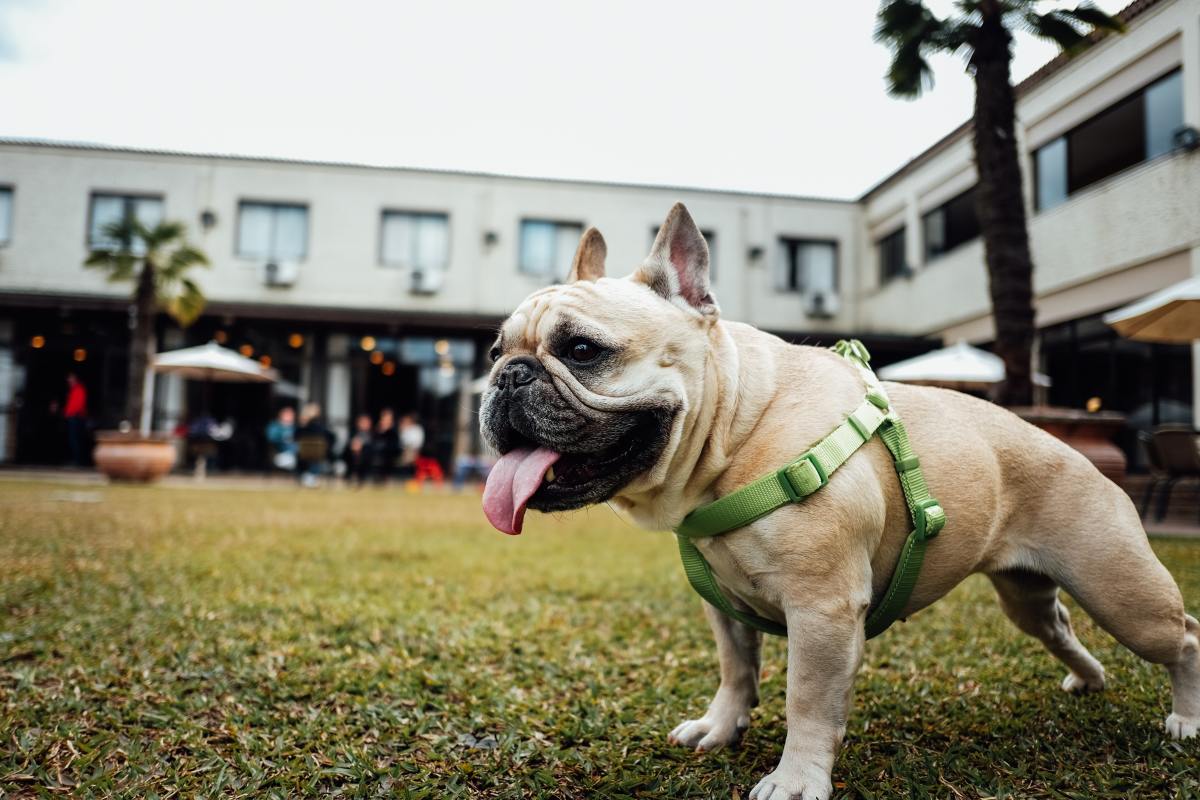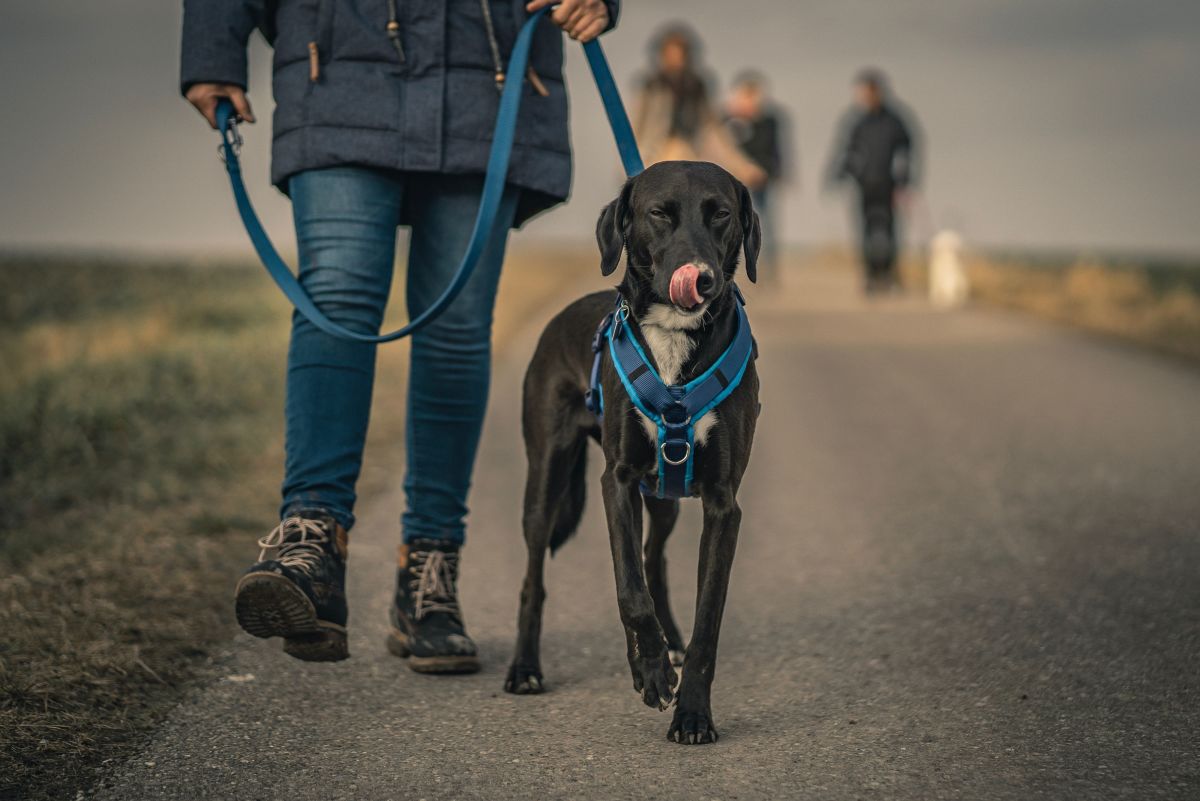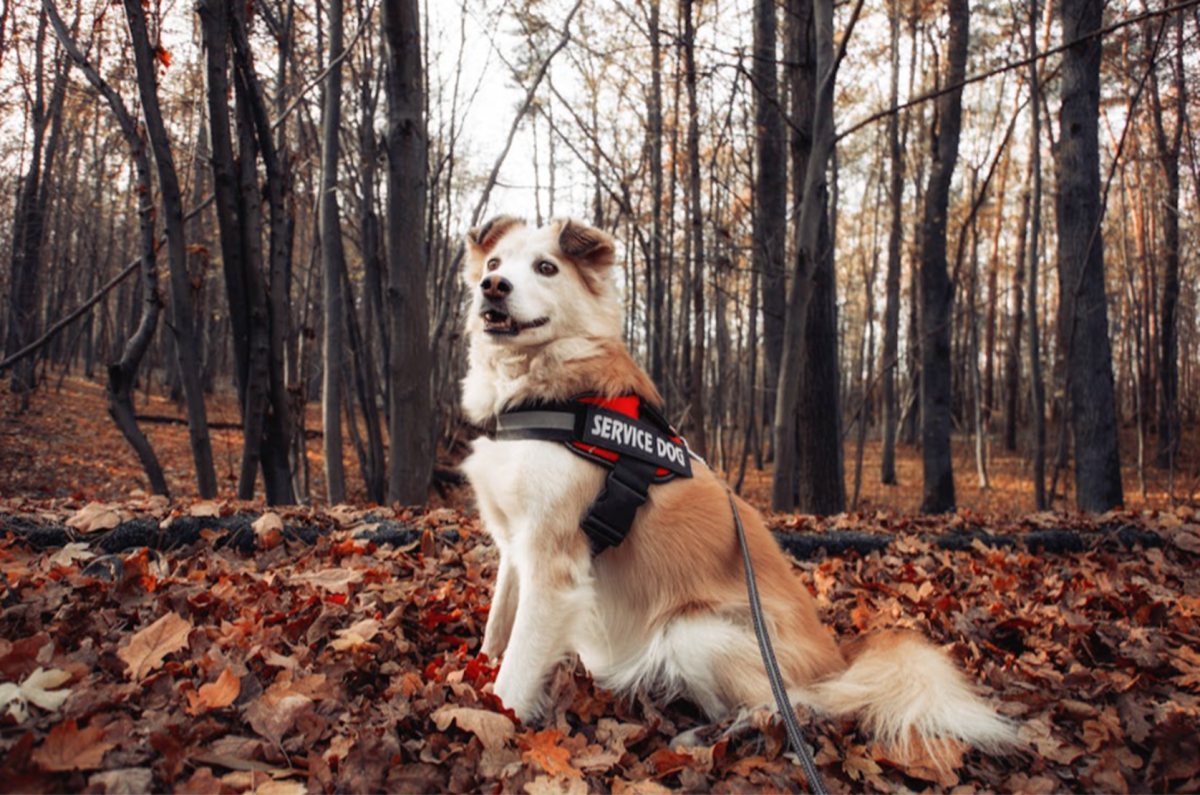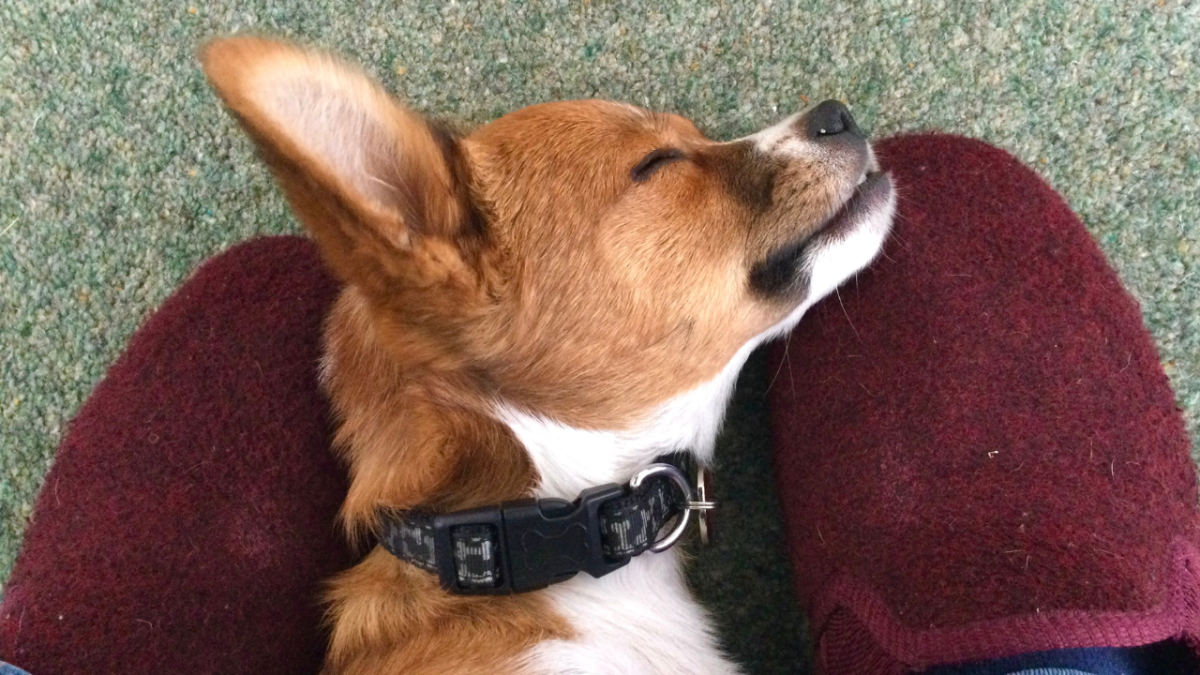How to Choose a Harness for Your Dog
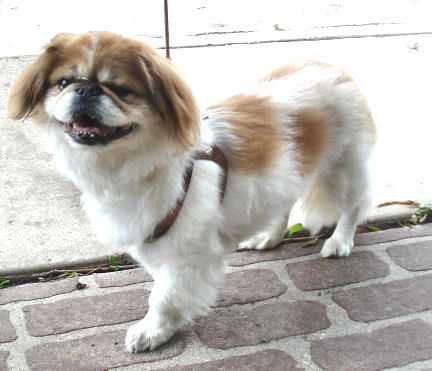
The right harness can save your dog's neck - literally!
Most veterinarians now recommend harnesses for walking dogs rather than collars. It's safer for the dog - especially for toy dogs who may be prone to issues with their throat and neck - "collapsing trachea" syndrome is a real problem in small dogs.
There are harnesses for every situation: long-haired dogs, strong dogs, little dogs, big dogs, dogs that pull, dogs that lag behind, escape-artist dogs, hairless dogs, etc.
You name the issue and there's a harness to address it - there are even harnesses that have no hardware, perfect for people who may have arthritis and difficulty dealing with the "fiddly bits" on dog harnesses.
There's no such thing as the "perfect" dog harness
There is, however, a perfect harness for your dog.
The problem can be finding it. That's where we come in - our shop, GollyGear.com, carries dozens of different styles of harnesses and we know the pros and cons of each one.
The harness that's perfect for a tiny, long-haired Chihuahua who trots politely at her owner's side may not be the right one for the powerful Pug who can't wait to see what's around the next corner.
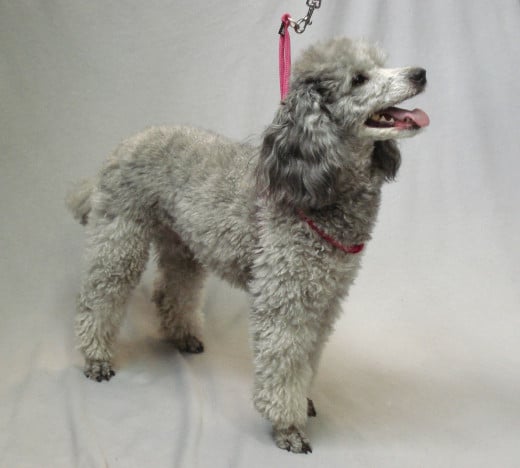
Question 1: Is your dog fuzzy?
If your dog has lots of long, soft fur, chances are you've had to deal with matting or tangling. A poorly-fitting harness can aggravate the problem - the more the harness moves, the more matting can occur. In the same vein, the more coverage the harness has, the more likely it is to disturb the dog's hair.
We've found one of the best solutions is a rolled material. Leather is ideal - it glides through the dog's fur easily, but it can be pricey. Another great option is rolled microfiber, which has the additional advantage of being a washable material. Dogs being dogs - we think washable is a highly desirable attribute!
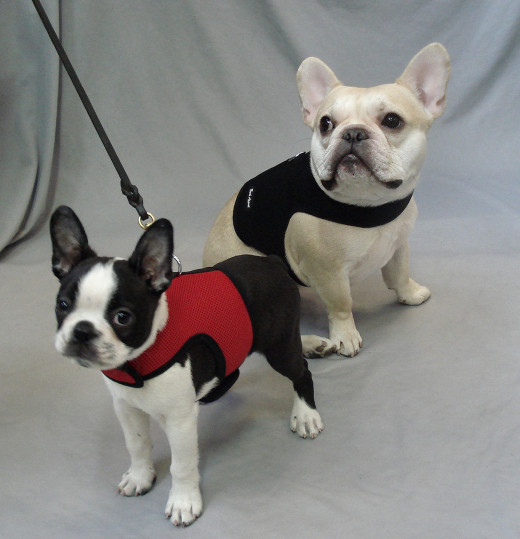
Question 2: Is your dog an escape artist?
Houdini-dogs pose a very real concern for their owners. These dogs can plant their front feet, lower their heads, and escape from just about any harness their owners try.
It may be amusing to watch their antics in the safety of your own yard - it's terrifying if you're walking down a busy street and your suddenly-naked dog is loose.
Here at Golly Gear we know one expert escape-artist dog. His name is Coconut and he's our "escape-tester" for all the new harnesses. There's only one that Coconut hasn't ditched, and it's been keeping him safe for years. No harness is escape-proof, but the Wrap-n-Go is as good as we've found.
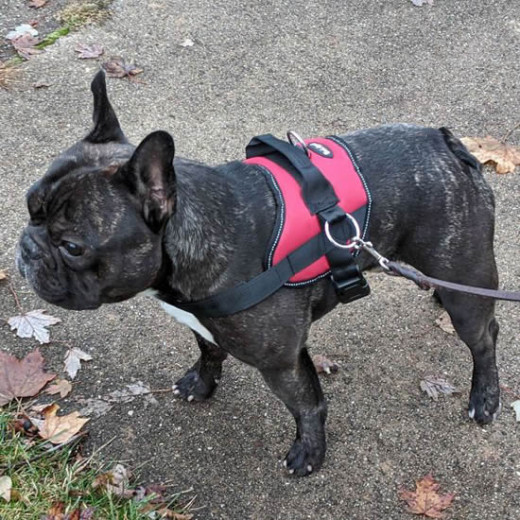
Question 3: Does your dog pull on leash?
If you have a big, powerful dog that pulls on walks, you may want to address the issue with a harness designed to relieve the behavior. One of the best we've found is the Easy Walk Harness, which has a ring to attach the leash in front, at the dog's chest, rather than on the dog's back. This simple solution draws the dog towards you when you walk. We've seen it work miracles, allowing older folks with strong little dogs to walk down the street safely and securely.
If you don't really mind that your dog is walking ahead of you, we love the ComfortFlex Sport Harness, pictured at right, especially for powerful dogs like Boxers, French Bulldogs, Pugs, and Boston Terriers. The ring for the leash is on a strap away from the dog's back, which allows any pressure to be distributed evenly across the dog's muscular chest.
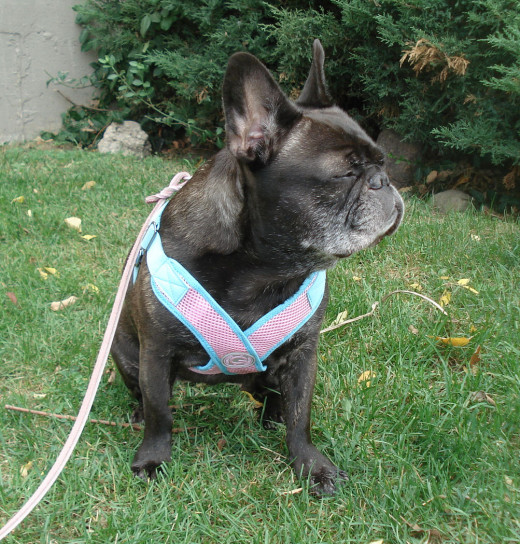
Question 4: Does your dog hate things going over his head?
It sounds like a strange question, but many dogs object to anything going over their heads - to the point that they can freak out over it.
It's one of the reasons we (and most trainers) will suggest greeting dogs with either a closed hand they can sniff before trying to pet them, or, especially with little dogs, approaching them from underneath, offering to scratch their chests rather than rubbing their heads.
If this is your dog's issue, we recommend a Step-in style harness. There are many available these days, among our favorite is the PerfectFit Harness, which combines the good points of the step-in style with the virtues (wide, soft straps) of a vest-style harness.
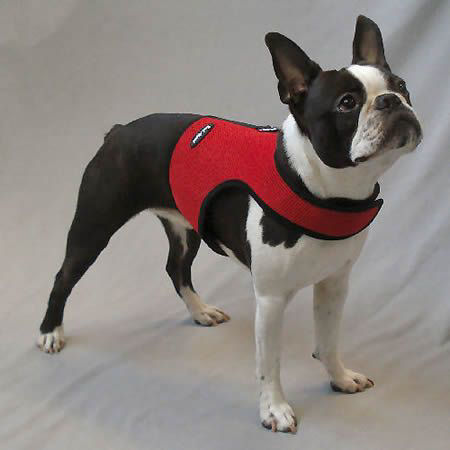
Question 5: Do you have difficulty with pinch-buckles?
It may not be something you even think about - until you get a harness home and can't get it open. Many of the plastic, parachute-clasp buckles are difficult for people who have trouble with their hands.
There are alternatives available, either with no "hardware" at all, with sliders, or even with old-fashioned, reliable metal buckles.
Harness considerations
How fuzzy is Fido?
| Does Fido pull?
| Does Fido try to escape?
|
Does Fido mind Velcro?
| Does Fido hate stuff over the head?
| How long does Fido wear the harness?
|
Is the harness for walks, or travel, too?
| How easily can I use pinch clasps?
| How does it look?
|
© 2014 HopeS

